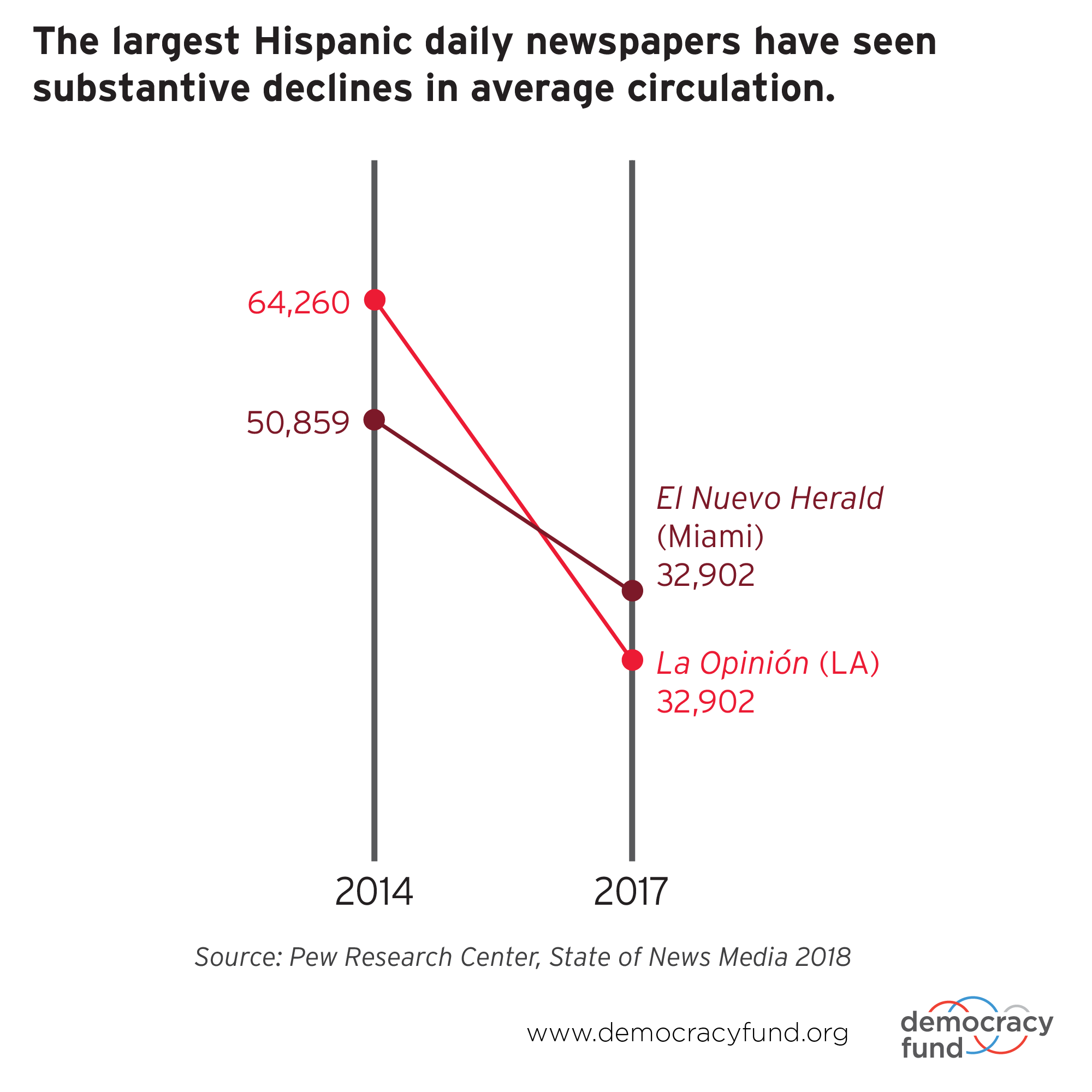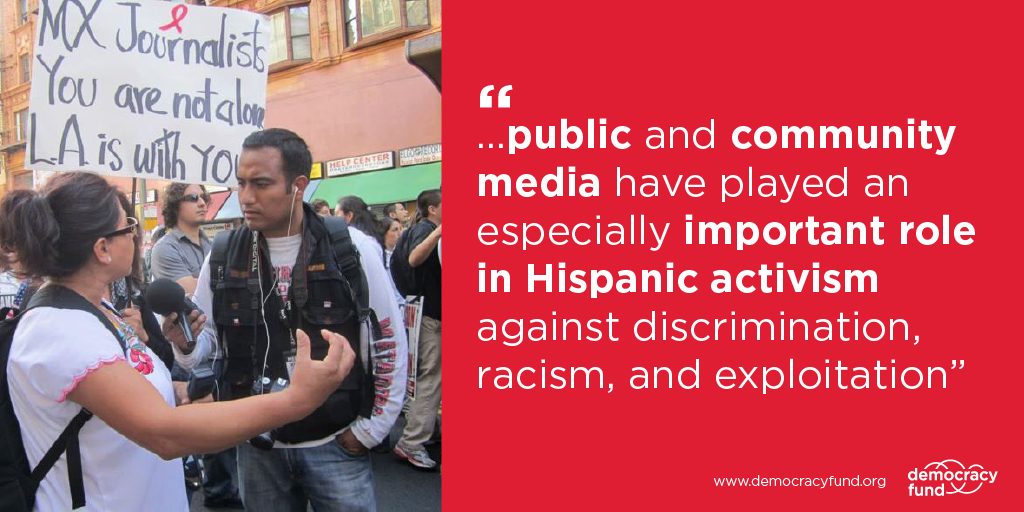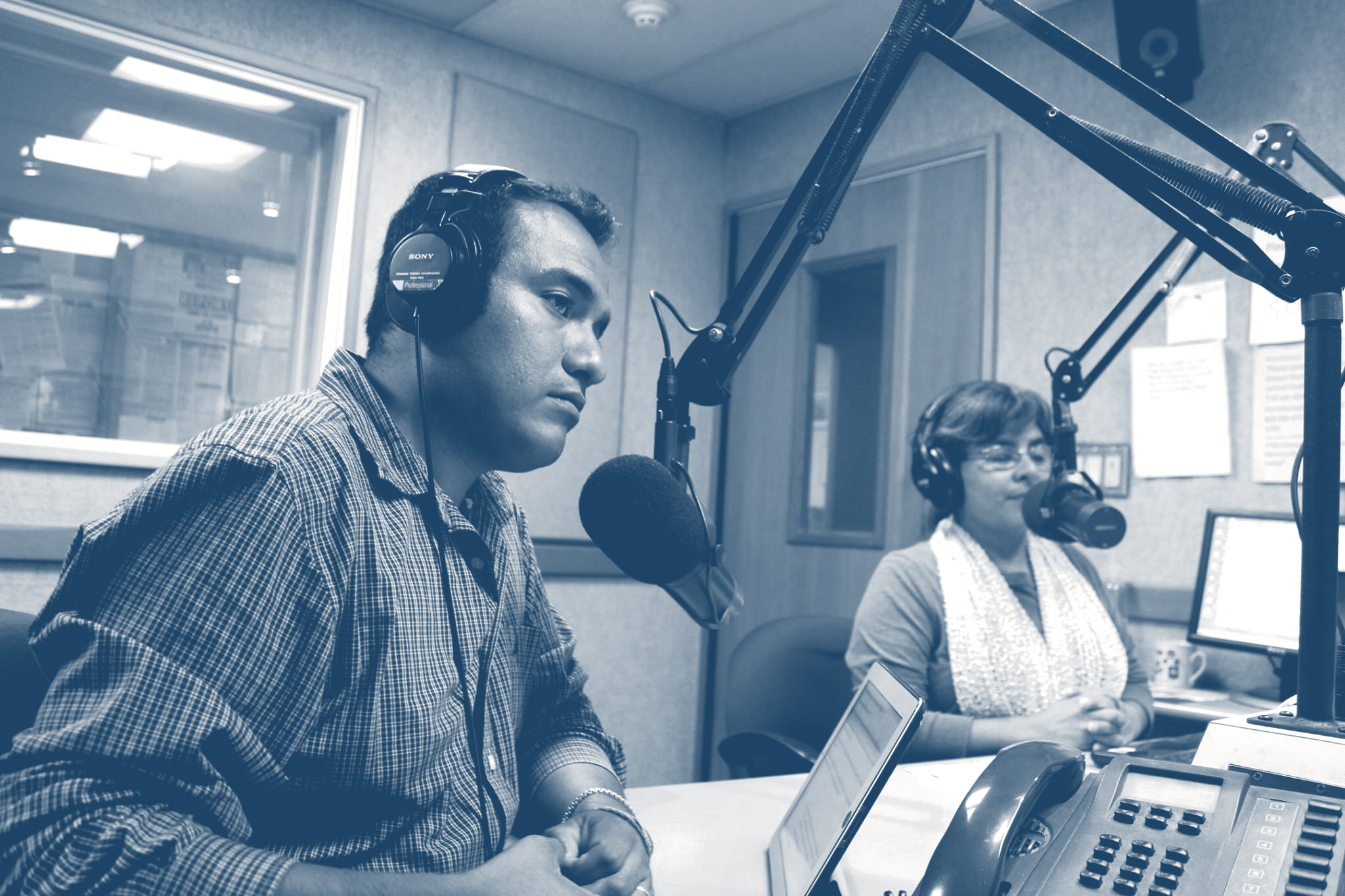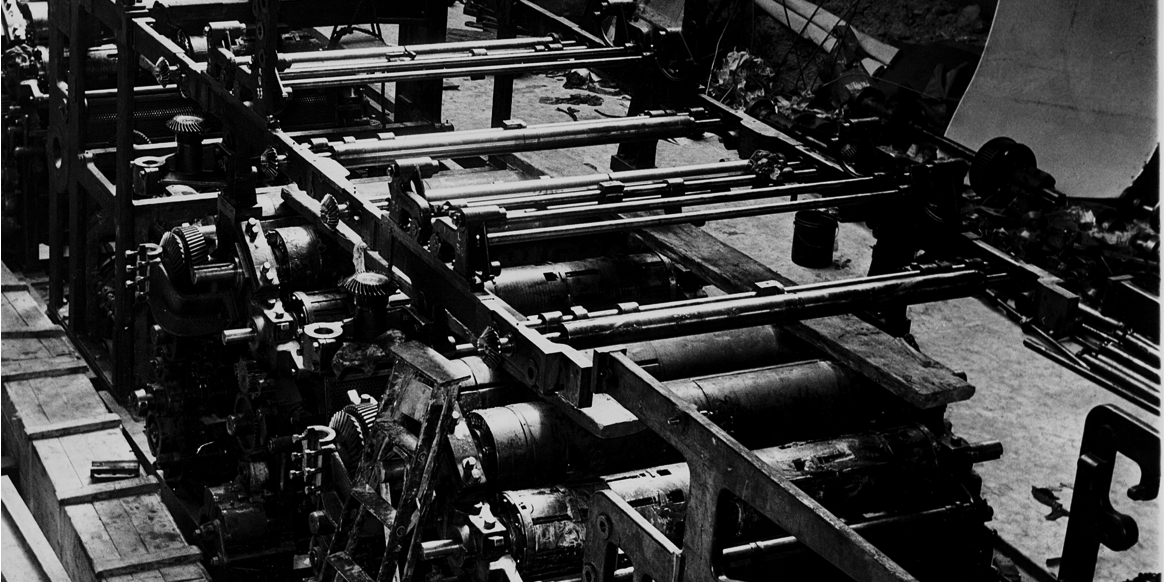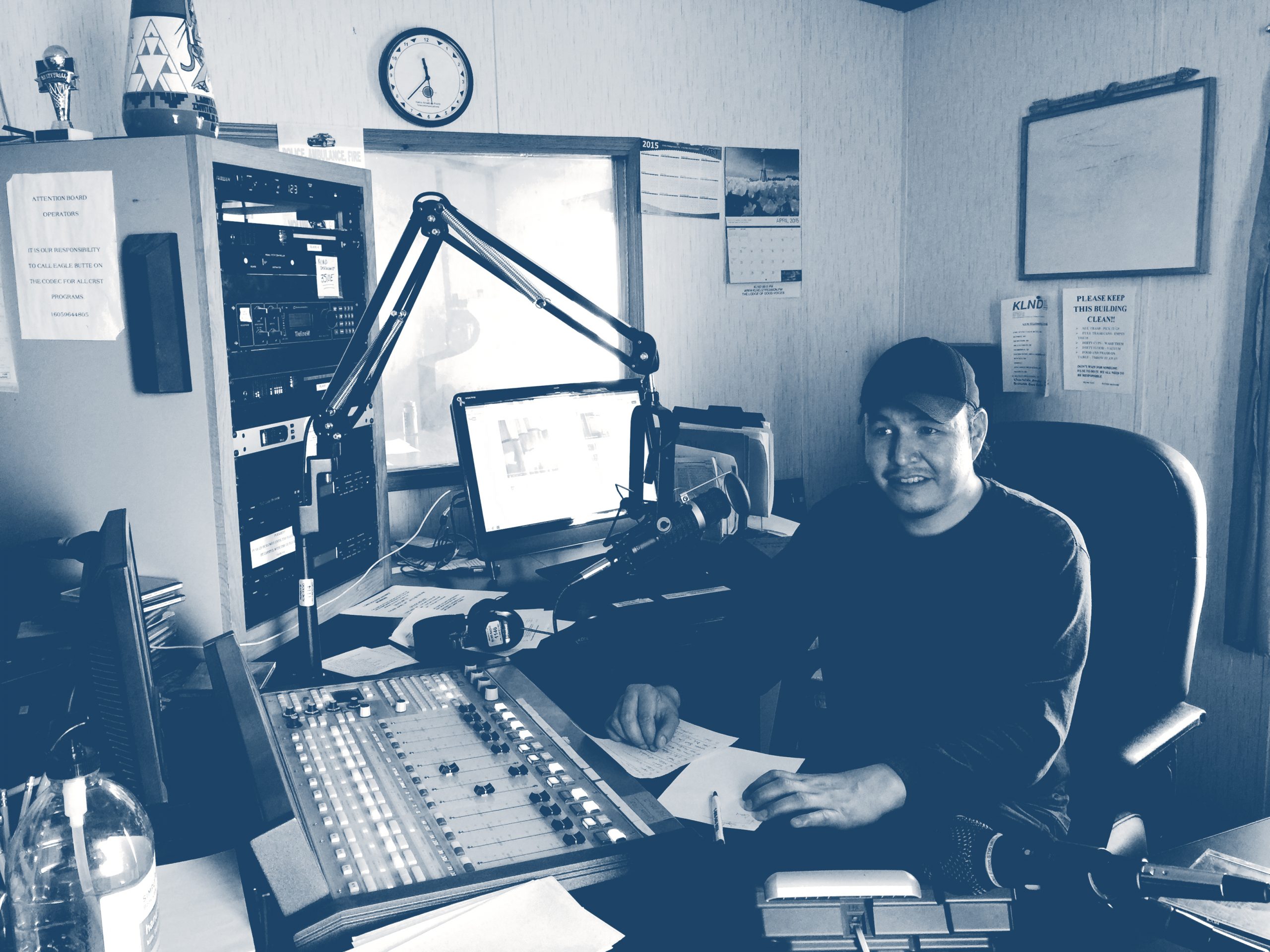By Anne Gleich, Jessica Harris, and Jessica Mahone
—-
In the first presidential proclamation celebrating women’s contributions to United States history, President Reagan observed: “American women of every race, creed and ethnic background helped found and build our Nation in countless recorded and unrecorded ways … Their diverse service is among America’s most precious gifts.”
As pioneers, teachers, mothers, soldiers, journalists, inventors, lawmakers, laborers and so many other roles, women have and continue to make vital contributions to American economic, political, and social life. Throughout our history, women have not only advocated to secure their own rights of suffrage and equal opportunity, but were also early leaders in the abolitionist, temperance, mental health, labor, and social reform movements, as well as the modern civil rights movement. It is not hyperbole to say that the United States has been transformed by these generations of women, and our democracy has been strengthened through their courage, creativity, and persistence.
As we commemorate Women’s History Month at Democracy Fund, we also want to take some time to celebrate our incredible women-led and women-focused grantees who today are continuing this long tradition of public service and leadership.
Women are leading efforts to improve our elections and make sure every vote counts.
At Democracy Fund, we believe that voting is the cornerstone of our democracy. Through our Elections Program, we are proud to support many innovative American women who are leading efforts to ensure our elections are free, fair, accessible, and secure.
Tianna Epps Johnson, founder of the Center for Technology and Civic Life, is building free and low-cost tech tools to help local election officials better engage with their communities and modernize elections. Electionline, run by Editor-in-Chief Mindy Moretti, is providing news and information about election administration and reform across all 50 states and has created a hub for elections officials to network, learn from each other, and collaborate on ways to improve the voting process.
When it comes to accessibility, many Americans still face barriers that prevent them from participating in the election process. Michelle Bishop and the National Disability Rights Network are educating election officials, equipment vendors, advocates, and the public on the need for fully accessible elections. Terry Ao Minnis, Democracy Fund Senior Fellow and Director of the Census and Voting programs at Asian Americans for Advancing Justice, is working to ensure a fair and accurate Census so that all Americans receive the resources and assistance they need to participate in our democracy. And Whitney Quesenbery and Dana Chisnell at the Center for Civic Design are bringing user experience principles to the design of forms and tools that will make voting easier for all voters. Kei Kawashima-Ginsberg at CIRCLE at Tufts University and the historic League of Women Voters, under the leadership of Virginia Kase, are innovating new ways to inform and engage women voters across the political spectrum.
Jennifer Morrell, a former Colorado election official, is working with state election officials to develop and implement new testing and auditing procedures to ensure votes are counted correctly, and results are reported accurately. And Mari Dugas and the Cyber Security Project and Defending Digital Democracy has published several playbooks to help campaign and election officials defend themselves against cyberattacks and information operations aimed at undermining trust in the American election system.
Women from both sides of the aisle are working together to create a Congress that looks more like America.
Even though we just saw a historic election cycle where a record-setting number of women ran for elected office and won, we still have a long way to go until women are fully represented in the United States. That is why, through our Governance Program, Democracy Fund is proud to support many leaders and organizations that are working to equip women with the skills they need to participate in politics, run for office, and lead once elected.
ReflectUS, a nonpartisan coalition working to increase the number of women in office and achieve equal representation across the racial, ideological, ethnic, and geographic spectrum, is fostering collaboration among seven of the nation’s leading training organizations to help equip more women to run, win, and serve. The Women’s Public Leadership Network aims to increase the number of women under consideration for political and government-related appointments and is growing a network and support system for conservative women who are interested in running for elected office or participating in our political system. Latinas Lead, a new program from The National Hispanic Caucus of State Legislators, helps current Latina state legislators scale the leadership ranks in their State Capitols, as well as recruit potential Latina candidates for state-level office.
Once women are elected, the National Foundation of Women Legislators provides resources and opportunities to develop leadership skills and build professional and personal relationships across the aisle through regular conferences, state outreach, educational materials, and more. The Women’s Congressional Policy Institute, lead by Cindy Hall and a bipartisan board of female former legislators, has been bringing women policymakers together across party lines to advance issues of importance to women and their families for over twenty years. With our support, they have also launched several programs to foster women’s leadership on Capitol Hill through the Congressional Women’s Caucus and the Women Chiefs of Staff Program. We are also supporters of the Congressional Women’s Softball Game— a yearly event to foster bipartisan relationships between women Members of Congress and their counterparts in the D.C. Press Corps.
Women journalists are holding our leaders accountable and creating opportunities for the next generation of reporters.
Women play a vital role in holding leaders accountable once they’ve been elected. Although the majority of journalism and communications graduates are women, the majority of newsroom workers, particularly leaders, are men. Holding leaders accountable to all Americans requires a news industry that is inclusive and represents all communities, which is why, through our Public Square Program, we are proud to support organizations and leaders that are working to change America’s newsrooms and create new resources to inform and serve their communities.
By pioneering innovative new methods that newsrooms can use to better listen to and collaborate with the communities they serve, Bettina Chang at CityBureau and Sarah Alvarez and an all-woman staff at Outlier Media are rethinking how journalism is done. The Obsidian Collection, led by Angela Ford, is working to promote the importance of Black media in the United States, preserve the stories of Black communities through archiving, and build a blueprint for future generations in Black media.
Founded by Nikole Hannah Jones, The Ida B. Wells Society for Investigative Reporting is dedicated to increasing the number of and retaining reporters and editors of color in the field of investigative reporting by providing low-cost regional trainings in the use of advanced technology, open records laws, advanced interviewing techniques and other investigative techniques. The Ida B. Wells Society partners with organizations such as the National Association for Black Journalists, Investigative Reporters and Editors, and Historically Black Colleges and Universities (HBCUs) to provide access to journalists and aspiring journalists of color who want to sharpen their investigative reporting skills and broaden their professional networks.
Take the Lead’s 50 Women Can Change the World in Journalism training program harnesses the collective power of women in journalism to build a more just and equal world, advance their careers, and work together to re-envision journalism. According to co-founder Gloria Feldt, Take the Lead’s goal is “nothing less than gender parity by 2025.”
Women are leading efforts to combat hate in America and build bridges across our divides.
Like many who care about the health of our political system, we at Democracy Fund have been alarmed by increasing tribalism and extremism across the United States, including the implementation of policies targeting immigrant and minority communities and the rise in hate-crimes against communities of color, and Jewish, Muslim, Arab, and South Asian communities. We’re partnering with leaders and organizations that are working to ensure the resilience and safety of targeted communities through our Special Project on Fostering a Just and Inclusive Society.
Grantees like Sherrilyn Ifill at the NAACP-LDF, Kristen Clarke at the Lawyers Committee for Civil Rights, Marielena Hincapie at the National Immigration Law Center, and Aarti Kohli at the Asian Law Caucus are leading efforts to protect those whose civil rights and safety are endangered in this volatile political moment. Purvi Shah and Movement Law Lab are incubating projects that combine law and community organizing to protect, defend, and strengthen racial justice movements. To inform national conversations, Meira Neggaz and Dahlia Mogahed at the Institute for Social Policy and Understanding provide case studies and data on the day-to-day challenges many Muslims face, as well as actionable recommendations for breaking the structural barriers that hinder the American Muslim community from full inclusion and participation. And Samar Ali is leading the Millions of Conversations campaign to engage communities across the country in changing the narrative about Muslims in America.
In this blog, we could only highlight a few of the remarkable women leaders whose whose organizations, programs, and projects Democracy Fund is proud to support. We hope you’ll take some time to explore the complete list below. By working to improve our elections, hold our government accountable, combat hate, and open doors for the next generation, these women are making their mark on American history right now—and our democracy will be stronger because of them.
ELECTIONS
Bonnie Allen, Chicago Lawyers’ Committee
Pam Anderson, Consultant for Voter Centric Election Administration
Michelle Bishop, National Disability Rights Network
Mitchell Brown, Capacity and Governance Institute
Jamie Chesser, National States Geographic Information Council
Dana Chisnell, Center for Civic Design
Kristen Clarke, Lawyers Committee for Civil RIghts
Lisa Danetz, National Voter Registration Act Compliance Consultant
Mari Dugas, Belfer Center Cybersecurity and Defending Digital Democracy
Tiana Epps Johnson, Center for Technology and Civic Life
Rebecca Green, William & Mary Law School eBenchbook
Astrid Garcia Ochoa, Future of California Elections
Kathleen Hale, Capacity and Governance Institute
Karen Hobert Flynn, Common Cause
Shanna Hughey, ThinkTennessee
Sharon Jarvis, Moody College of Communications, University of Texas
Virginia Kase, League of Women Voters
Kei Kawashima-Ginsberg, CIRCLE at Tufts University
Kate Krontiris, Voter Turnout consultant
Nsombi Lambright, One Voice
Susan Lerner, Common Cause New York
Amber McReynolds, Vote at Home
Gretchen Macht, RI VOTES at University of Rhode Island
Mimi Marziani, Texas Civil Rights Project
Terry Ao Minnis, Asian Americans for Advancing Justice
Mindy Moretti, Electionline
Jennifer Morrell, Risk-Limiting Audits consultant
Katy Owens Hubler, Common Data and Elections Process Model consultant
Katy Peters, Democracy Works
Wendy Quesenbery, Center for Civic Design
Ashley Spillane, Impactual
Wendy Underhill, National Conference of State Legislatures
GOVERNANCE
Erica Bernal, NALEO Educational Fund
Danielle Brian, Project On Government Oversight
Louise Dube, iCivics
Mindy Finn, Empowered Women
Sylvia Golbin Goodman, Andrew Goodman Foundation
Rosalind Gold, NALEO Educational Fund
Dr. Mary Grant, Edward M. Kennedy Institute
Cindy Hall, Women’s Congressional Policy Institute
Cherie Harder, Trinity Forum
Marci Harris, PopVox
Dr. Carla Hayden, Library of Congress
Audrey Henson, College to Congress
Lorelei Kelly, Beeck Center
Sheila Krumholz, Center for Responsive Politics
Frances Lee, UMD Interdisciplinary Polarization Research
Dr. Carolyn Lukensmeyer, National Institute for Civil Discourse
Tamera Luzzatto, Pew Safe Spaces Project
Maya MacGuineas, Committee for a Responsible Federal Budget
Angela Manso, Staff Up Congress, NALEO Educational Fund
Meredith McGehee, Issue One
Darla Minnich, National Issues Forum Institute
Joan Mooney, Faith and Politics Institute
Jennifer Nassour, ReflectUS
Beth Simone Noveck, NYU GovLab
Michelle Payne, Congressional Sports for Charity
Rachel Peric, Welcoming America
Lisa Rosenberg, Open the Government
Laura Rosenberger, Alliance for Securing Democracy at the German Marshall Fund
Sonal Shah, Beeck Center
Suzanne Spaulding, Defending Democracy Initiative, Center for Strategic and International Studies
Michele Stockwell, Bipartisan Policy Center Action
Jody Thomas, National Foundation for Women Legislators
Sarah Turberville, The Constitution Project at POGO
PUBLIC SQUARE
Sarah Alvarez, Outlier Media
Bettina Chang, City Bureau
Heather Chaplin, The New School for Journalism + Design
Meredith Clark, University of Virginia/ASNE Diversity Survey
Sue Cross, Institute for Nonprofit News
Gloria Feldt, Take the Lead
Leslie Fields-Cruz, Black Public Media
Angela Ford, The Obsidian Collection
Martha Foye, Working Narratives
Lackisha Freeman, WNCU
Sarah Gustavus, New Mexico Local News Fund
Elizabeth Green, Chalkbeat, American Journalism Project
Andrea Hart, City Bureau
Hadar Harris, Student Press Law Center
Rose Hoban, NC Health News
Deborah Holt Noel, UNC-TV Black Issues Forum
Janey Hurley, Asheville Writers in the Schools
Paola Jaramillo, Enlace Latino North Carolina
Nikole Hannah Jones, The Ida B. Wells Society for Investigative Reporting
Mollie Kabler, Coast Alaska
Regina Lawrence, Agora Journalism Center
Sally Lehrman, Trust Project
Joy Mayer, Trusting News Project
Stefanie Murray, Center for Cooperative Media at Montclair State University
Tamiko Ambrose Murray, Asheville Writers in the Schools
Amy Niles, WBGO
Angie Newsome, Carolina Public Press
Suzanne Nossel, Pen America
Erika Owens, OpenNews
Tracie Powell, Democracy Fund Senior Fellow
Angelique Powers, Field Foundation
Kristy Roschke, News Co/Lab at Arizona State University
Melanie Sill, Senior Consultant for North Carolina Local News Lab
Sheila Solomon, Senior Consultant for Chicago
Michelle Srbinovich, WDET
Talia Stroud, Center for Media Engagement at the University of Texas at Austin
Katie Townsend, Reporters Committee for Press Freedom Litigation Program
Naomi Tacuyan Underwood, Asian American Journalists Association
Mary Walter Brown, News Revenue Hub
Nancy Watzman, Colorado Media Project
Journalism and Women Symposium
JUST & INCLUSIVE SOCIETY
Samar Ali, Millions of Conversations
Rachel Brown, Over Zero
Kristen Clarke, Lawyers Committee for Civil Rights
Marielena Hincapie, National Immigration Law Center
Sherrilyn Ifill, NAACP Legal Defense and Educational Fund
Aarti Kohli, Asian Law Caucus
Dalia Mogahed, Institute for Social Policy and Understanding
Meira Neggaz, Institute for Social Policy and Understanding
Catherine Orsborn, Shoulder to Shoulder
Purvi Shah, Movement Law Lab
Shireen Zaman, Rise Together Fund (formerly Security and Rights Collaborative)
OFFICE OF THE PRESIDENT
Shari Davis, Participatory Budgeting Project
Rachel Kleinfeld, Carnegie Endowment for International Peace
Melissa Rodgers, Immigrant Legal Resource Center
Prof. Susan Stokes – Bright Lines Watch, University of Chicago
